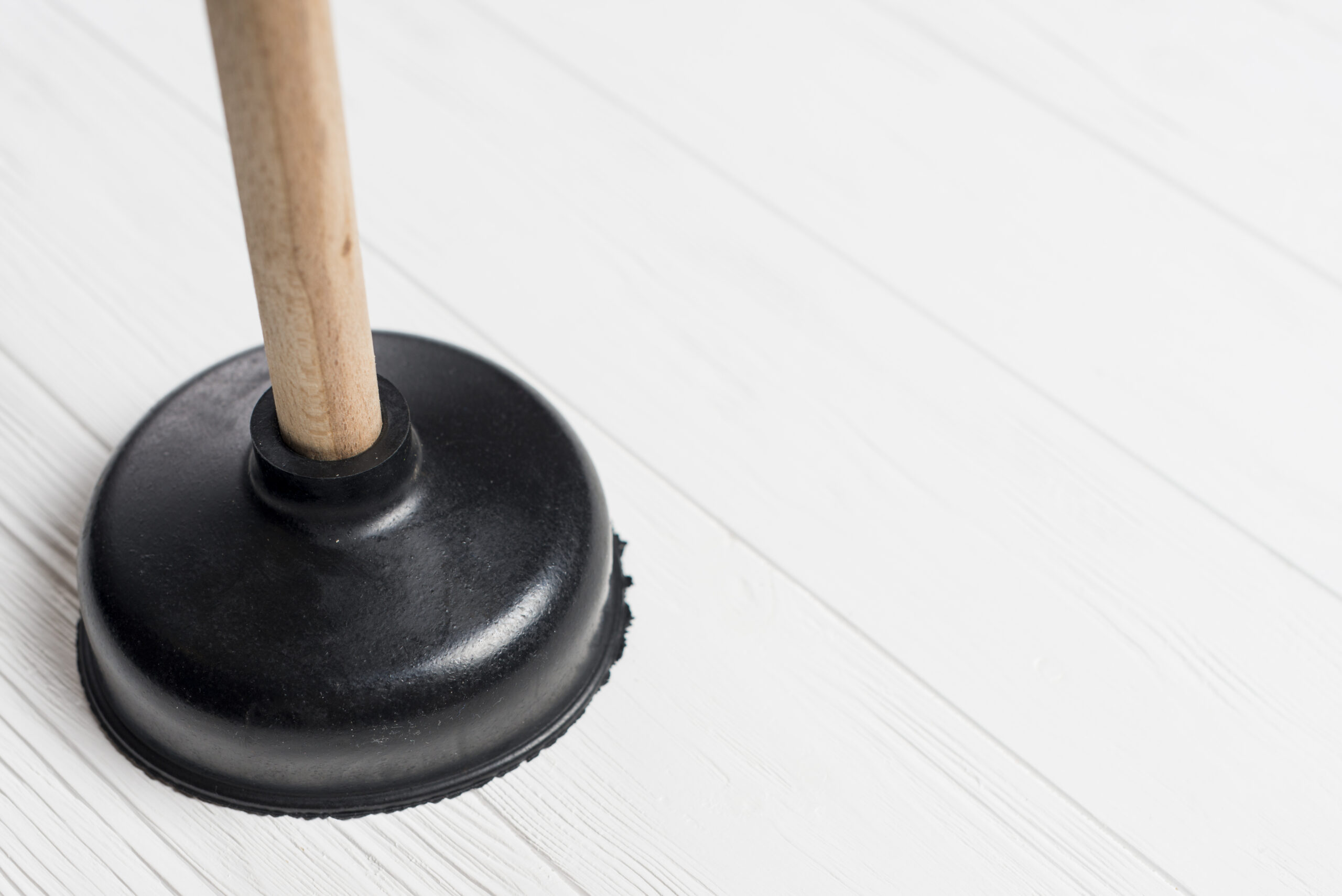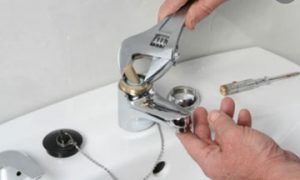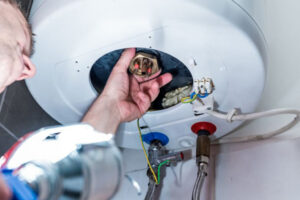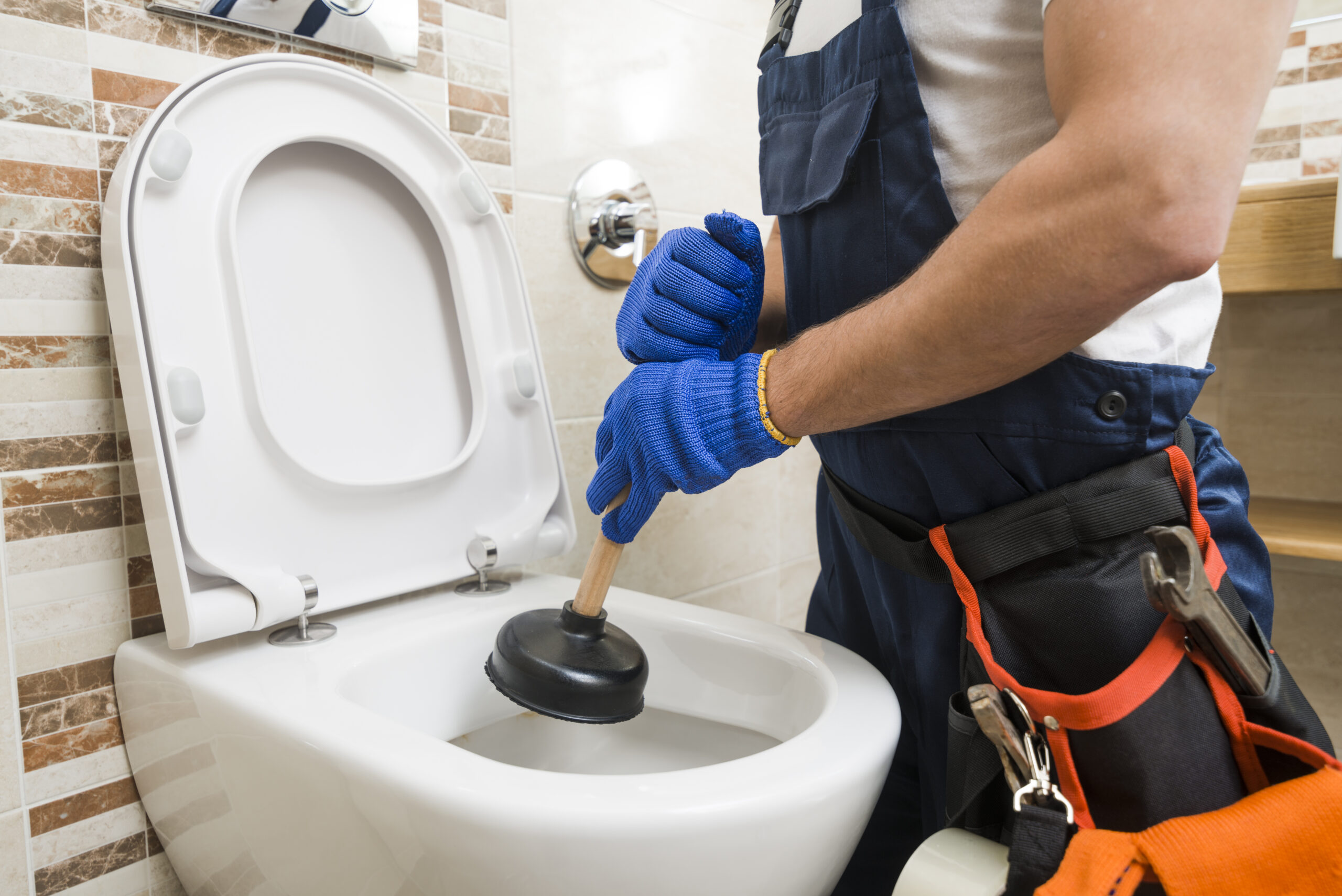
Observing gurgling sounds coming from toilets or drains after use can suggest an obstruction in the main sewer line. These disruptions often occur when air trapped in the plumbing system is battling against the water flow. Additionally, the presence of foul odors emanating from drains or around the property can be attributed to waste material being trapped in the sewer line instead of being efficiently flushed out.
Instances where water backs up in a shower or bathtub when a toilet is flushed or when water from one fixture appears to be emerging from another, like sewage in a floor drain, signify a definite concern within the sewer system. Homeowners noticing such malfunctions should consider them serious and promptly investigate for a main sewer line clog. Early detection and intervention can prevent a full-scale sewage backup, protecting the home’s sanitation and the well-being of its occupants.
Signs of a Clogged Sewer Line
Identifying a clogged sewer line early can prevent costly and unsanitary problems. Here are clear signs to look out for:
Multiple Drains Backing Up
If multiple drains in a home are slow to empty or show signs of backing up, it may indicate a clog in the main sewer line. This symptom particularly stands out when fixtures that are not used regularly, such as a guest bathroom, are affected or when the use of one fixture, like a washing machine, causes water to back up elsewhere.
Unpleasant Odors
A persistent and foul sewage smell in or around the house is a telltale sign that there may be a sewer line blockage. This odor is often a result of waste materials stagnating due to a clogged pipe.
Unusual Sounds From Plumbing Fixtures
Gurgling sounds coming from toilets, sinks, or drains can be alarming and may suggest a blockage. These sounds occur when air gets trapped and then released through the plumbing system, often pointing to a clogged sewer line.
Changes in Toilet Water Level
Fluctuations in toilet water levels from one use to the next could signal a clog. If the water level is unusually high or low without clear cause, it’s possible that the sewer line is partially blocked, affecting the flow and causing inconsistent water levels.
Common Causes of Sewer Line Clogs
Understanding the common causes of sewer line clogs is crucial for homeowners to prevent and address problems effectively. The issues range from natural growth to common household waste.
Tree Root Infiltration
Tree roots can intrude sewer lines, particularly in older systems. Roots naturally seek moisture and can enter through cracks, causing blockages by growing inside the pipes.
Grease and Fat Buildup
A leading contributor to sewer line clogs is the accumulation of grease and fat. When these substances are poured down drains, they can solidify and adhere to the pipe walls, narrowing the passage and impeding flow.
Flushed Non-Disposable Items
Items that are not meant to be flushed, such as wipes, feminine hygiene products, and cotton swabs, can create significant blockages. They do not break down easily and are responsible for a majority of clogs.
Pipe Scale and Mineral Buildup
Over time, pipes can suffer from scale and mineral buildup. This is particularly true in areas with hard water, where minerals like calcium and magnesium precipitate and accumulate inside pipes, leading to reduced capacity and flow.
 Diagnosing a Main Sewer Line Clog
Diagnosing a Main Sewer Line Clog
When suspecting a main sewer line clog, one must approach diagnosis methodically, using professional techniques or DIY troubleshooting steps to confirm suspicions and determine the severity of the blockage.
Professional Inspection Techniques
Video Camera Inspection: This is a direct method where professionals use a camera attached to a flexible cable to visually inspect the inside of the sewer line. This can reveal obstructions, such as tree roots or collapsed pipes, that are not always apparent from above ground.
Hydrostatic Testing: In this technique, a plumber may use a special inflatable rubber ball to block off the sewer line and then fill it with water. If the water level drops, it suggests a breach or leak within the main line.
DIY Troubleshooting Steps
- Check Multiple Fixtures: If multiple drains in the home, such as toilets, sinks, and bathtubs, are draining slowly or gurgling, it could indicate a widespread issue rather than a single pipe blockage.
- Clean-out Inspection: Homeowners can locate the main sewer line clean-out, often found in basements or yards, and remove the cap. If there’s standing water or sewage present, it indicates a clog further down the system. Further guidance can be found on how to access and assess a sewer line cleanout.
By conducting these examinations, one can ascertain the presence of a main sewer line clog and decide on the appropriate course of action.
Initial Response to a Suspected Clog
When one suspects a clog in the main sewer line, it’s crucial to act promptly yet carefully to prevent further complications. Initial interventions focus on minimal-risk methods before involving professional assistance.
Safely Using a Plunger
Toilets: For immediate relief, one should try using a flange plunger — specifically designed for toilets — to dislodge any minor clogs. Firm, consistent plunging generates enough suction to address simple blockages.
Sinks and Drains: A cup plunger is more suitable for sink-related issues. Cover overflow outlets with wet cloths for maximum efficiency and apply a gentle plunge to avoid damaging the pipes.
Avoiding Chemical Drain Cleaners
- Material Corrosion: It is advised to steer clear of chemical drain cleaners as they can erode your piping over time, leading to more serious issues.
- Risks to Health: These chemicals pose significant health risks if not handled with appropriate care and protective equipment.
- Environmental Harm: Environmentally, the toxins in chemical cleaners can be detrimental, contributing to pollution if they enter waterways.
Alternative Options: Instead of chemicals, one might consider a mixture of vinegar and baking soda as a gentler, eco-friendlier approach to dislodging blockages.
When to Call a Professional Plumber

Handling a main sewer line clog can be complex, and at times, a problem beyond basic DIY methods arises. In such cases, it’s crucial to call in a professional plumber to address the issue effectively and minimize damage to the property.
Evaluating the Severity of the Clog
A homeowner might be able to manage minor clogs, but there are clear indicators that signify a more severe blockage which necessitates professional intervention. If multiple drains in the home are backing up, this is often a sign of a main sewer line clog as opposed to a localized blockage which might affect only one fixture. Signs like water backing up in strange places when using plumbing fixtures, such as water rising in the shower or bathtub when the toilet is flushed, urgently call for a plumber’s expertise.
Risks of Postponing Professional Help
Delaying the involvement of a professional can escalate the clog into a full blockage, leading to potential sewage backup into the home which poses health risks and can cause significant property damage. Extended exposure to a blocked sewer line could also increase the risk of pipe bursts, resulting in costly emergency repairs. Calling a professional at the early stages of a sewer line clog can prevent escalating repair costs and damage to the plumbing infrastructure.
Preventive Measures and Maintenance
Maintaining a clean main sewer line is crucial to prevent blockages. One should adopt routine practices and install safeguards to mitigate the risk of clogs.
Regular Cleaning and Care
- Monthly Flushes: To keep the main sewer line clear, it is recommended to fill each sink with water monthly, then let it drain rapidly while simultaneously flushing all toilets, helping to push debris through the system 10 Most Common Plumbing Questions.
Proper Disposal of Waste
- What to Avoid: Never flush anything other than human waste and toilet paper. Items such as wipes (even those labeled “flushable”), cooking grease, and feminine hygiene products can contribute to clogs.
Investing in Tree Root Barriers
- Landscaping Precautions: When planting trees or shrubs, be mindful of their proximity to sewer lines. Using root barriers can help prevent roots from invading and damaging the sewer pipes Expert Tips on Preventive Maintenance for Sewer Lines.
Frequently Asked Questions
This section addresses common inquiries related to signs and solutions for a main sewer line clog, including symptom recognition, self-repair possibility, cost, immediate action steps, effective clearing methods, and clog location determination.
What are the common symptoms indicating a clogged main sewer line?
Symptoms of a clogged main sewer line can include multiple slow drains, water backing up in various fixtures, and unusual sounds like gurgling coming from the drains. A persistent foul odor may also suggest a sewage blockage.
Is it possible to clear a main sewer line clog by myself?
In some cases, homeowners can handle a clog using household remedies or drain snakes, but for significant blockages, professional assistance is often advisable. Instructions for a DIY approach are detailed, such as mixing vinegar and baking soda to unclog drains.
How much does it generally cost to repair a main sewer line clog?
The cost to clear a sewer line blockage can vary widely, from $100 to more than $800, depending on the severity and location of the clog, as well as the pricing of the local plumbing services.
What should I do if there’s a sewage backup in my basement?
Immediately stop using all water in the home and contact a plumber. Sewage exposure can be dangerous, so it’s important to address a sewage backup quickly.
What are effective methods for unclogging a main sewer line?
Methods include using a plumber’s snake or auger to dislodge blockages and high-pressure water jetting to break apart obstructions. Preventative maintenance, such as discarding grease properly and regular flushing with hot water, can also help keep lines clear.
How can you determine the specific location of a sewer line clog?
Professional plumbers often use specialized camera equipment to inspect pipes and pin down the exact location of a clog. Detecting the specific point of blockage can simplify the repair process.
5200 S Colony Blvd, The Colony, TX 75056
972-210-9033



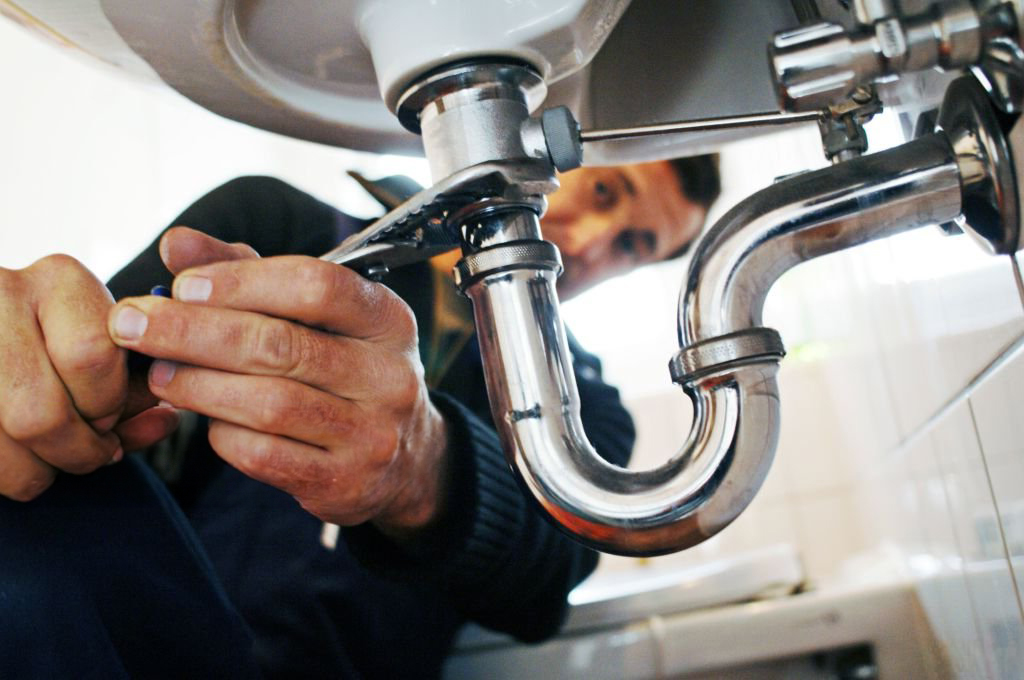 Diagnosing a Main Sewer Line Clog
Diagnosing a Main Sewer Line Clog